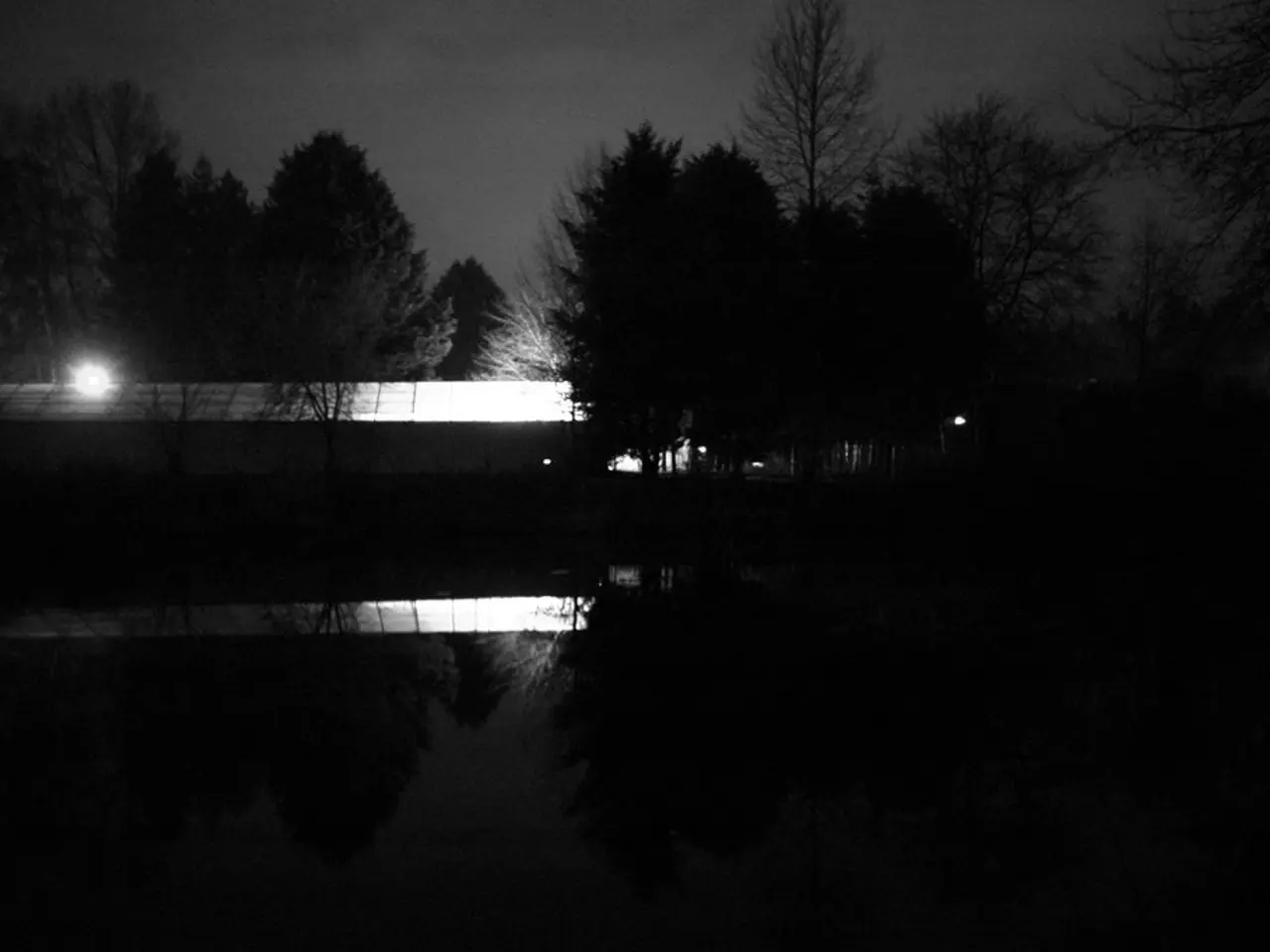Effects of seasonal color transformation in flora cultivation on mental health patients with schizophrenia, monitored by biotech sensors
In a groundbreaking study, researchers have proposed the use of deciduous trees as a significant design element in the creation of healing gardens for patients suffering from psychotic disorders. The findings, published in a leading journal, suggest that the seasonal colour change in a tree canopy can evoke positive and intense emotions in these patients, providing a calming and therapeutic environment.
The study, which focused on the effect of seasonal colour change in plantings on patients with psychotic disorders, involved showing images of seasonal colour change in different plantings to participants on a computer monitor. The results showed that the seasonal colour change created positive and intense emotions in the patients, with no significant differences in preferences between participants of different genders and ages.
The use of biosensors for eye-tracking, facial expression analysis, and galvanic skin response was employed to study patients' behaviour. The research found that the seasonal colour change in a tree canopy had a profound impact on the patients' emotional responses, highlighting the importance of considering seasonal colour change in the design of healing gardens for patients with mental disorders.
The study's findings have important implications for the design of healing gardens. Deciduous trees, with their seasonal transformations, offer sensory variety and temporal cues that can enhance patients' emotional connection to the space without overwhelming them. This is crucial in creating calming, restorative environments that reduce stress and support mental wellness for patients with psychotic disorders.
Key design principles include promoting sensory stimulation through natural elements, supporting a sense of safety and grounding, encouraging routine and connection, and designing accessible, therapeutic spaces. The use of deciduous trees allows for the creation of a dynamic but predictable environment that supports sensory engagement and mood regulation for patients with psychotic disorders.
The study's findings underscore the importance of nature in the treatment and management of mental disorders. As the research on the design of healing gardens for mental and behavioural disorders continues, further research is recommended to provide more detailed design recommendations for landscape architects, including investigating the impact of other factors such as sound or scent on patients' emotional responses.
In conclusion, the use of deciduous trees in healing gardens for patients with psychotic disorders offers a promising approach to creating therapeutic environments that facilitate sensory engagement, emotional grounding, and a connection to natural rhythms—all crucial to therapeutic outcomes. The garden design should balance stimulation with safety and predictability, using natural light and open space informed by principles of historical and contemporary mental health architecture.
- The study's findings suggest that incorporating deciduous trees in health-and-wellness spaces, such as healing gardens, could potentially be beneficial for patients with mental health disorders, like those suffering from psychotic disorders, due to their seasonal color change that triggers positive and intense emotions.
- To complement the sensory stimulation provided by deciduous trees in therapeutic spaces, it might be worthy to consider exploring other health-and-wellness elements, such as the impact of sound or scent on patients' emotional responses, contributing to a more holistic approach in the design of healing gardens.




